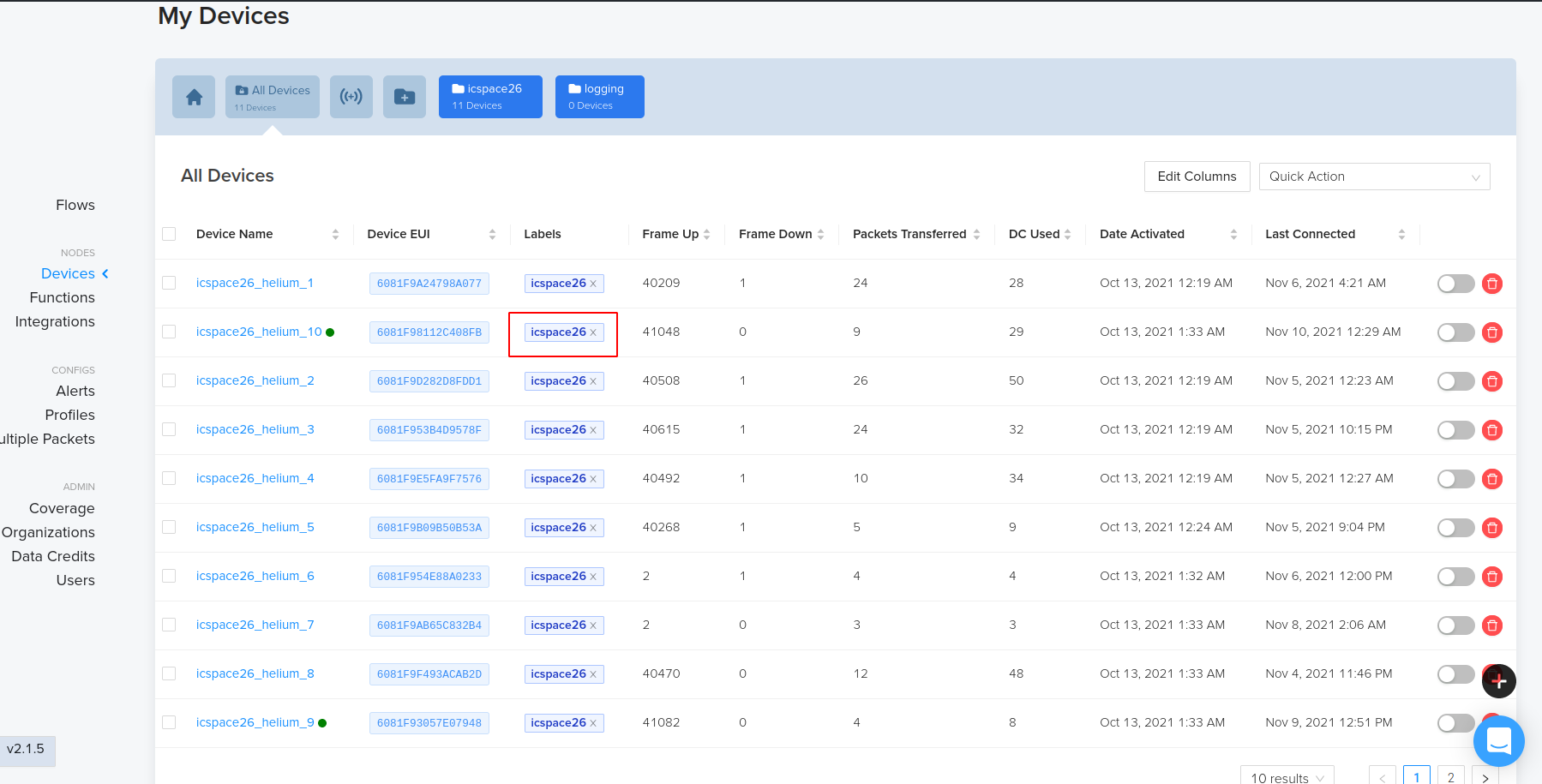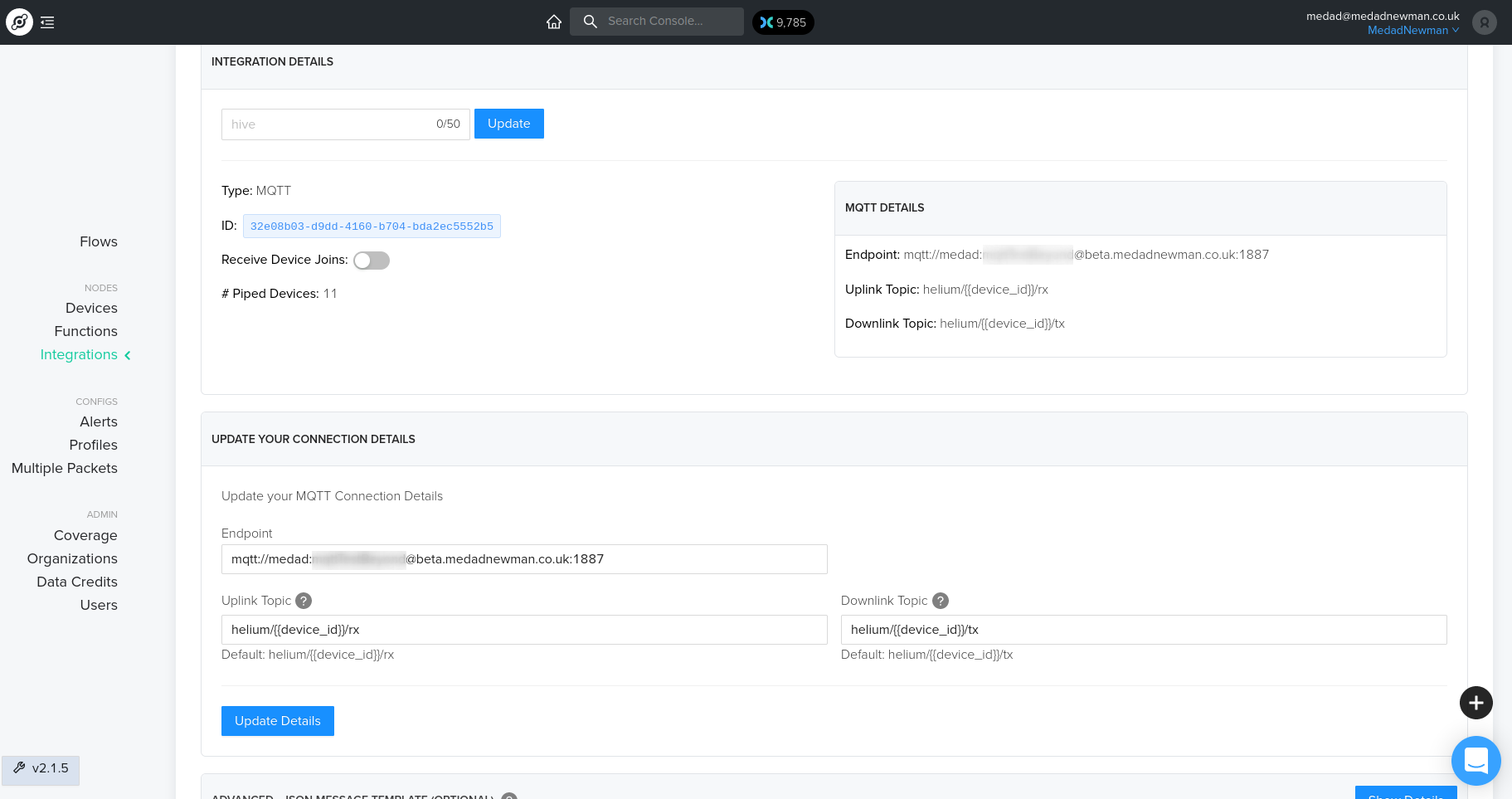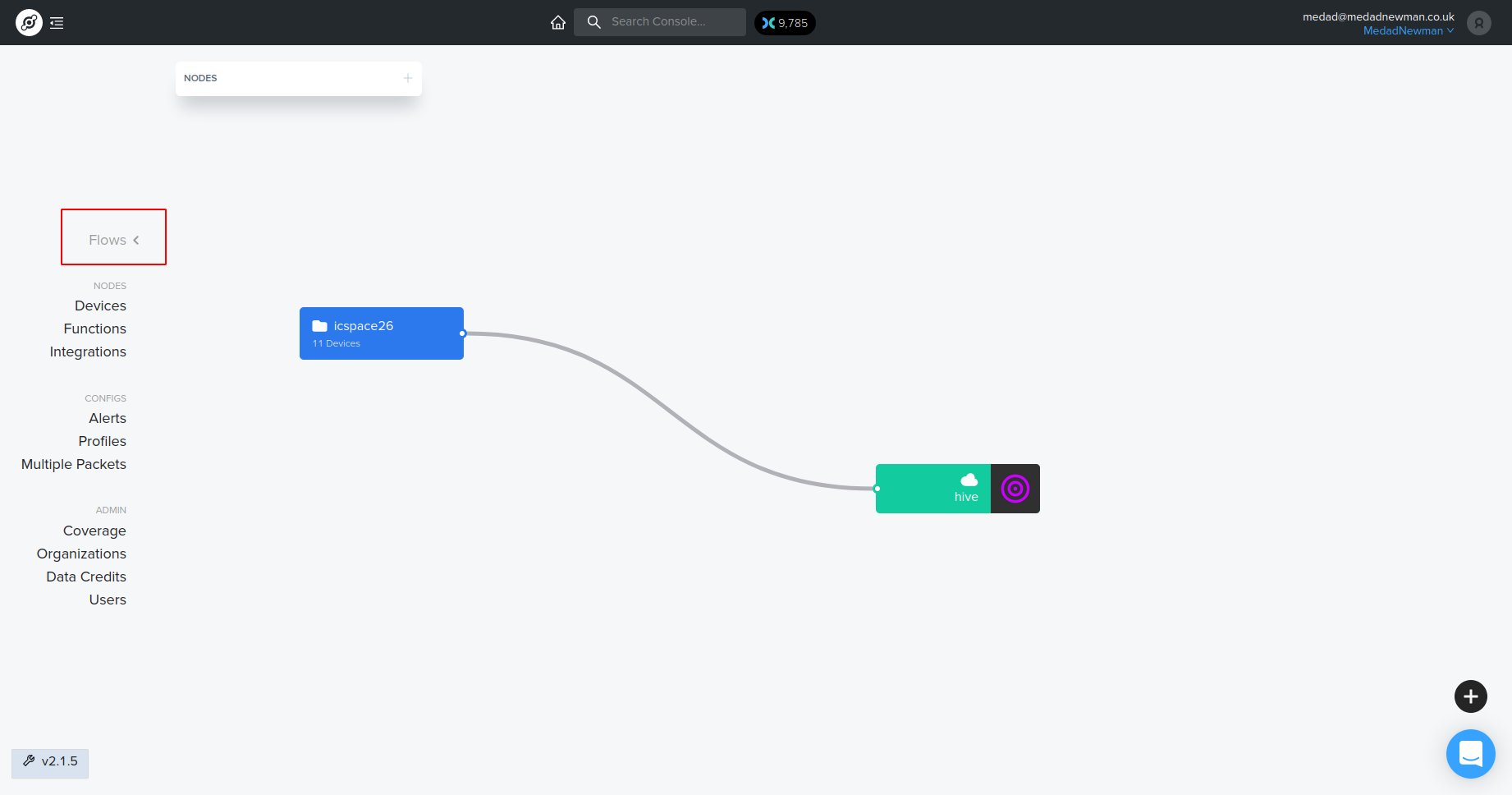Below is another packet(putting it here to aid in creating unittests)
{
"id": "433fba76-3084-4fbc-be83-e99293d7b1c4",
"router_uuid": "e6f3d012-18da-44cc-850d-7baa52005ddb",
"category": "uplink",
"sub_category": "uplink_unconfirmed",
"description": "Unconfirmed data up received",
"fcnt_up": 8,
"payload": "IQAALamrHt3/uQEAAAAAAADArgAAAAAAAMCuAAAAAAAAwK4AAAAAAADArgAAAAAAAMCuAAAAAAAAwK4AAAAAAADArgAAAAAAAMCuAAAAAAAAwK4AAAAAAADArgAAAAAAAMCuAAAAAAAAwK4AAAAAAADArg==",
"payload_size": 115,
"port": 99,
"reported_at": "1631642706341"
}
 View of the MQTT client
View of the MQTT client



In many ways, The Things Network and the Helium network are very similar; End-node hardware can be used for both networks. I am planning a launch of a LoRaWAN tracker transmitting on The Things Network V3 and the Helium network on alternate transmissions. This should increase the coverage a bit, especially in America.
I will take a stab at it in a fork of this repo.
Here is an example packet from the Helium network:
Below is the view from the helium console.